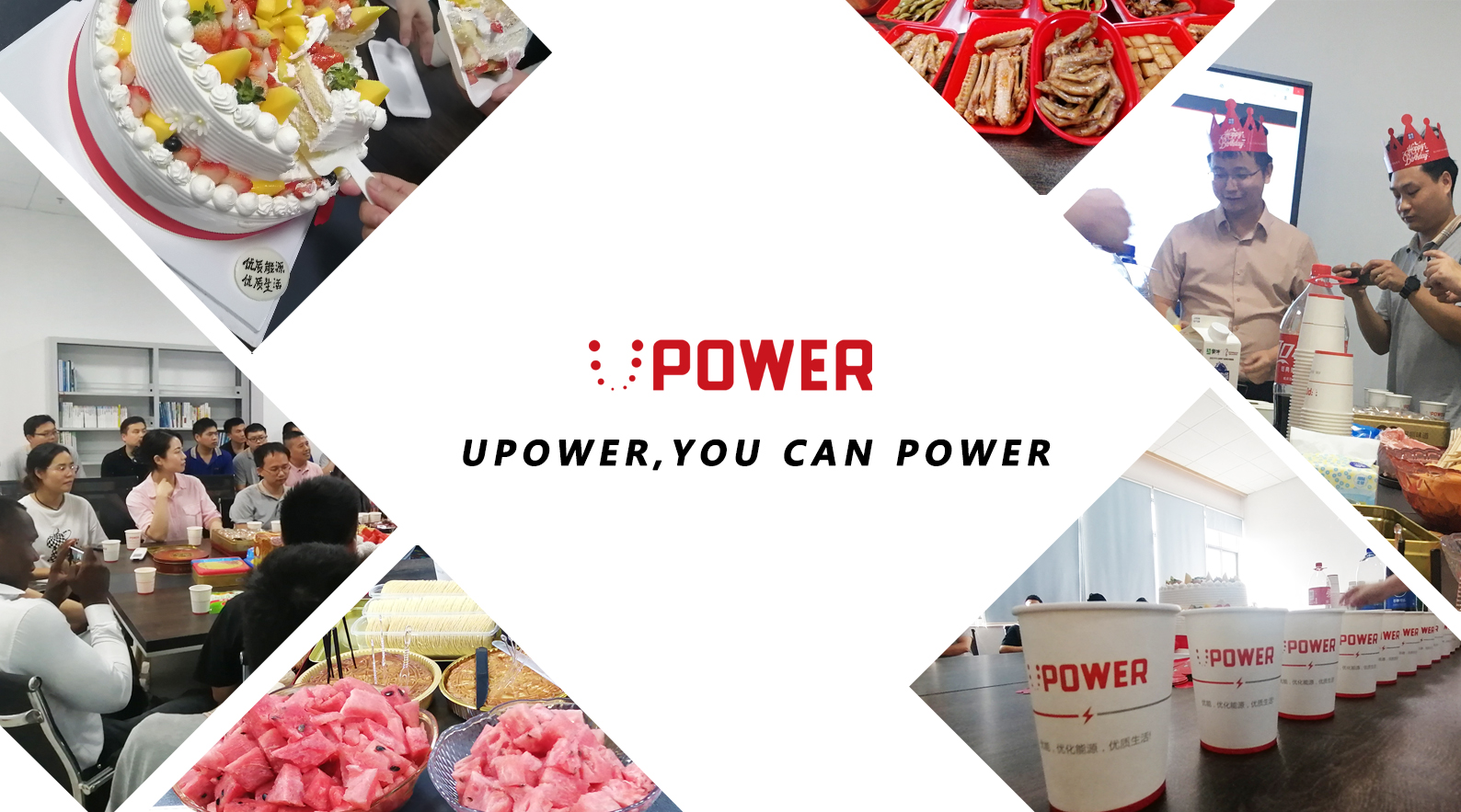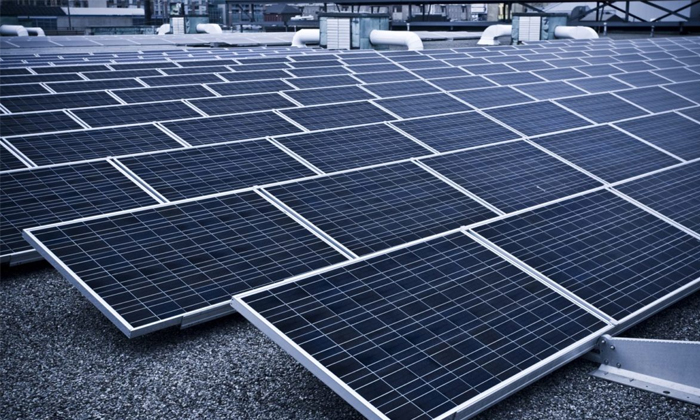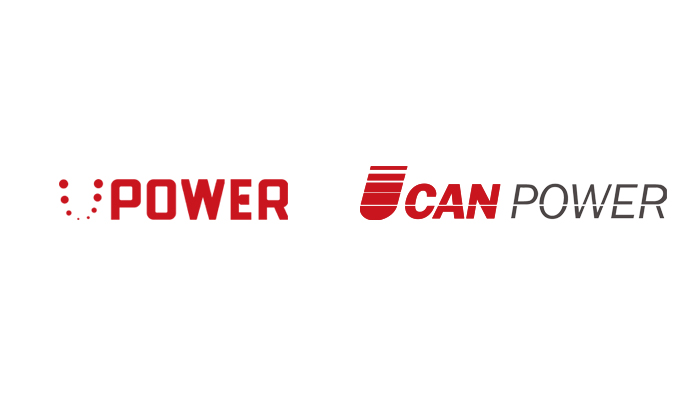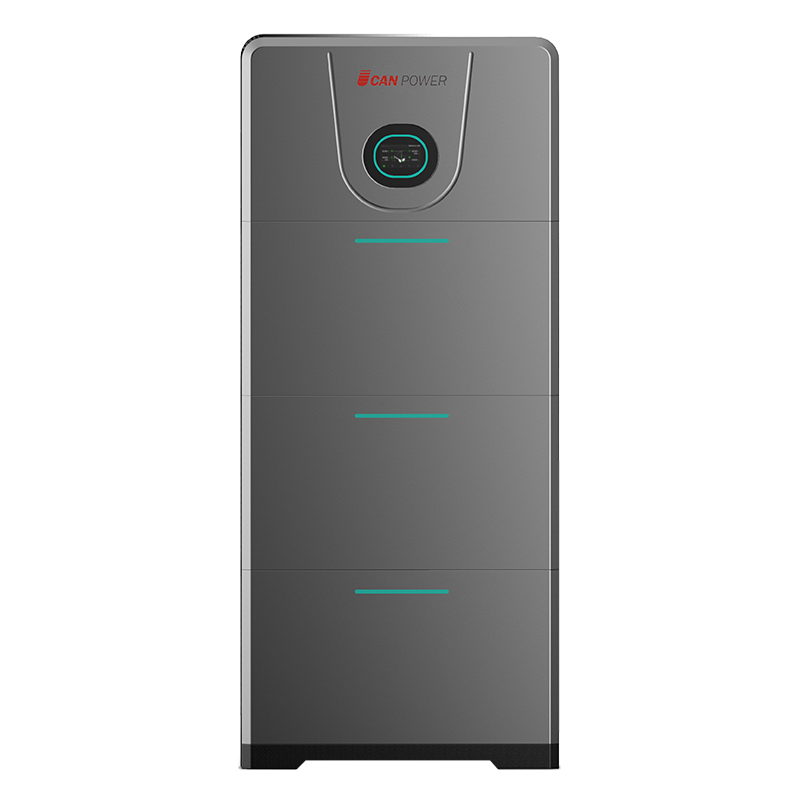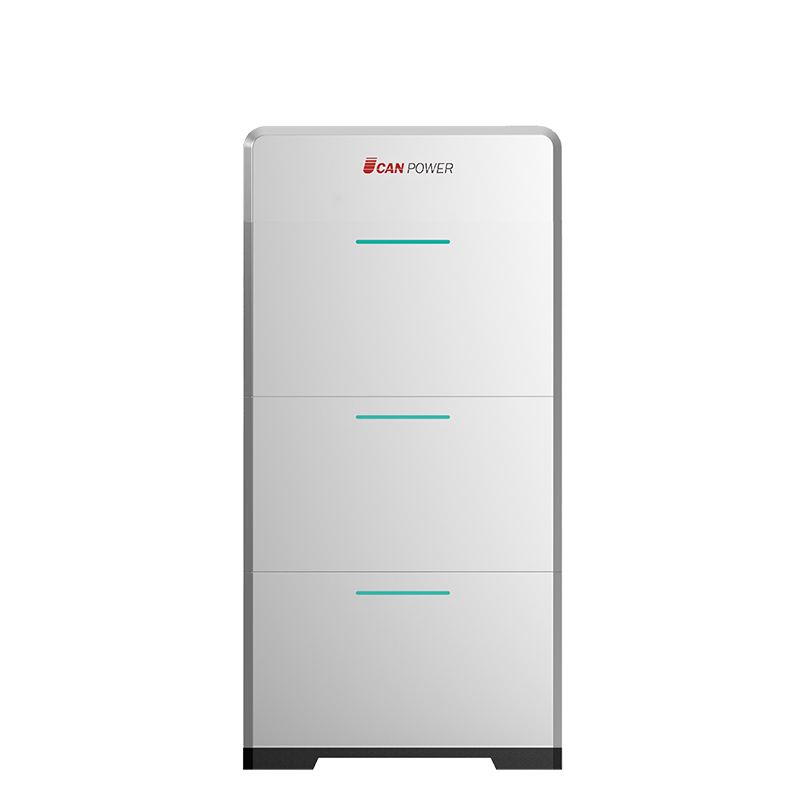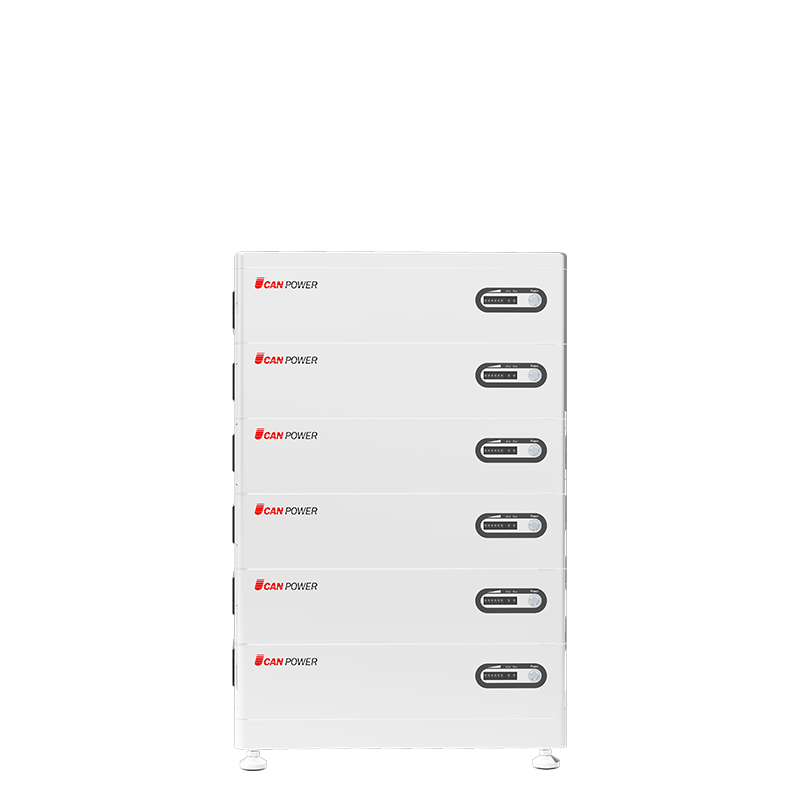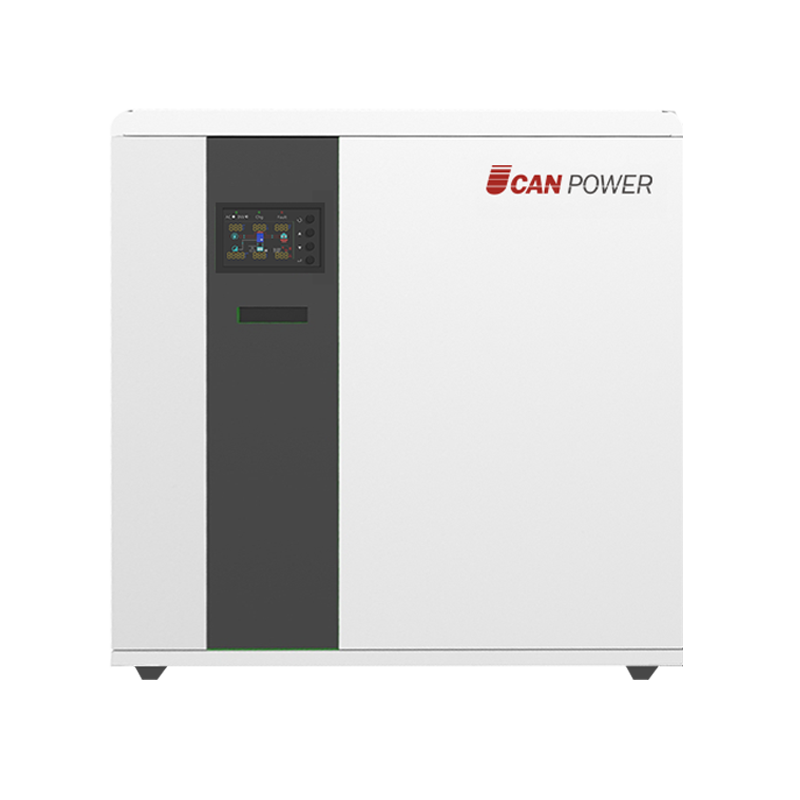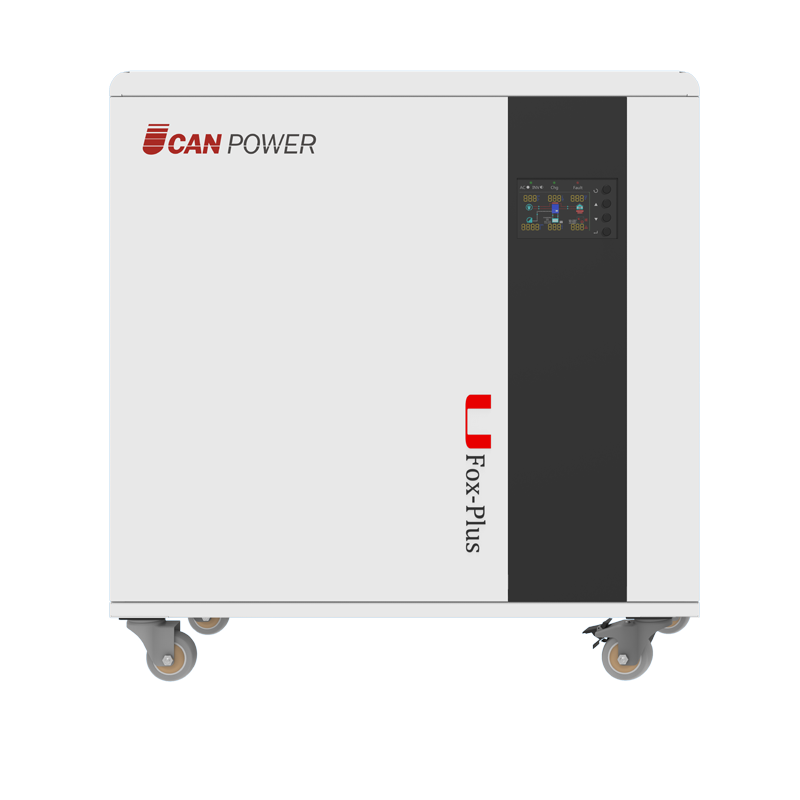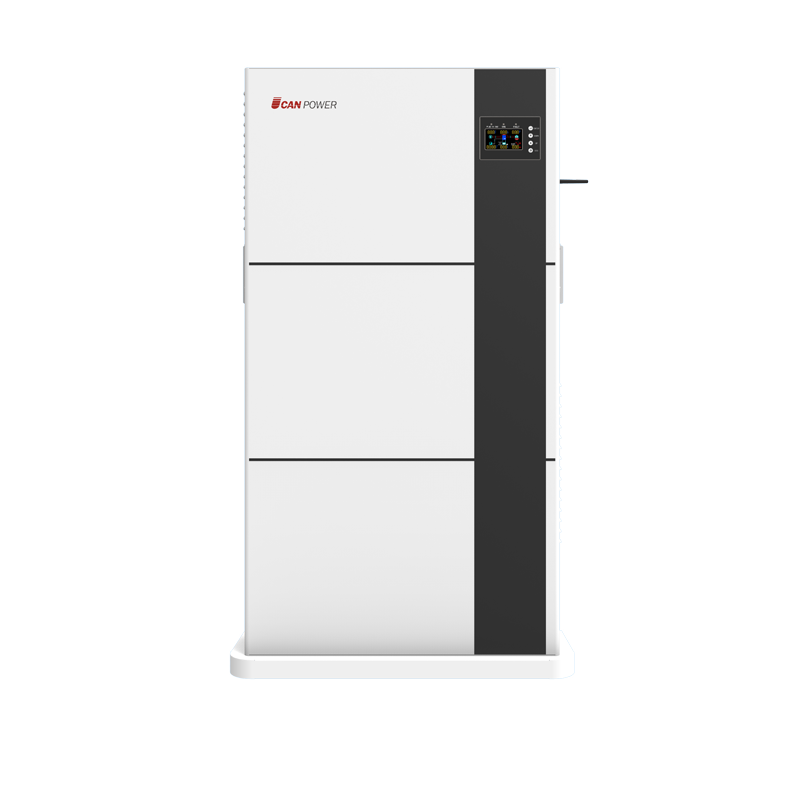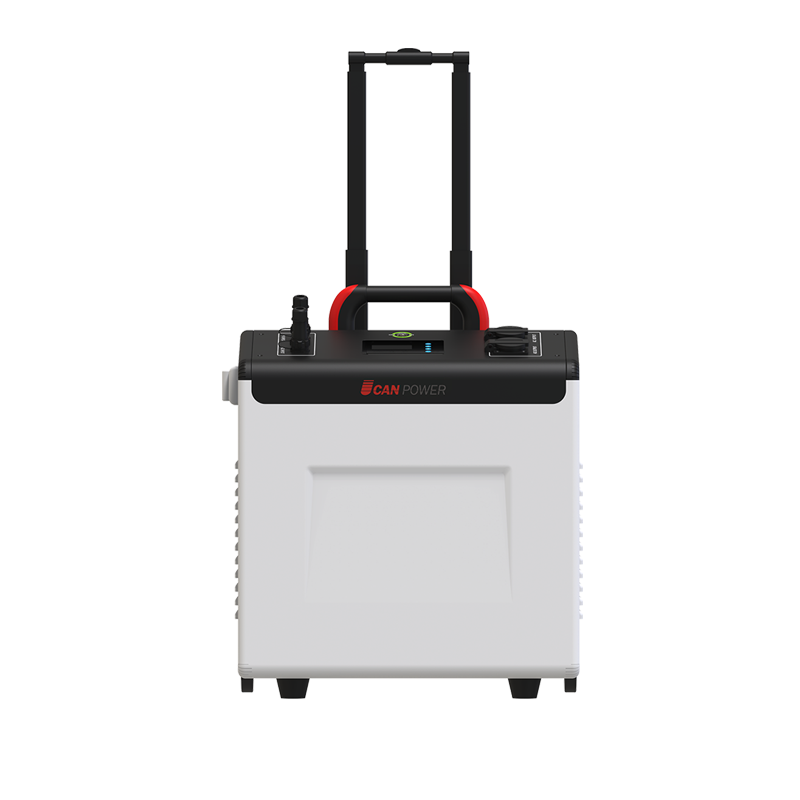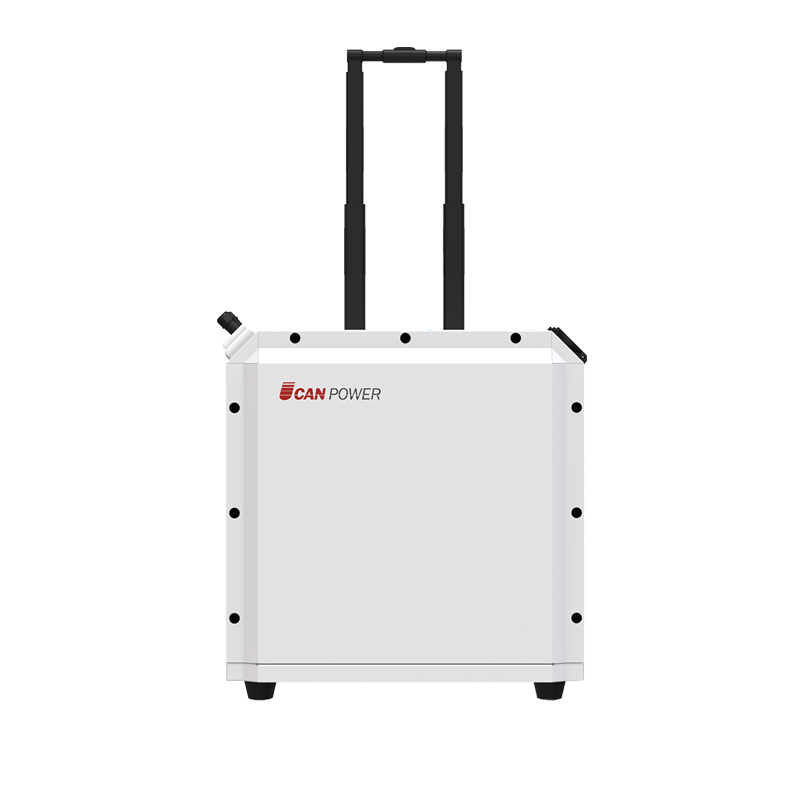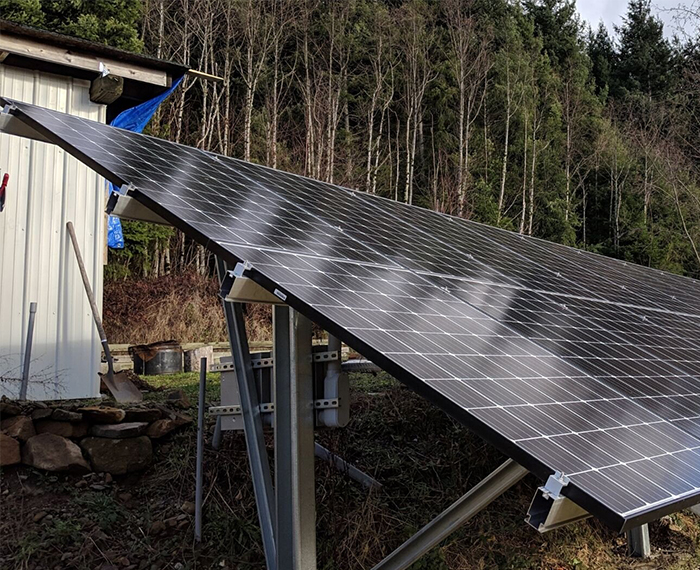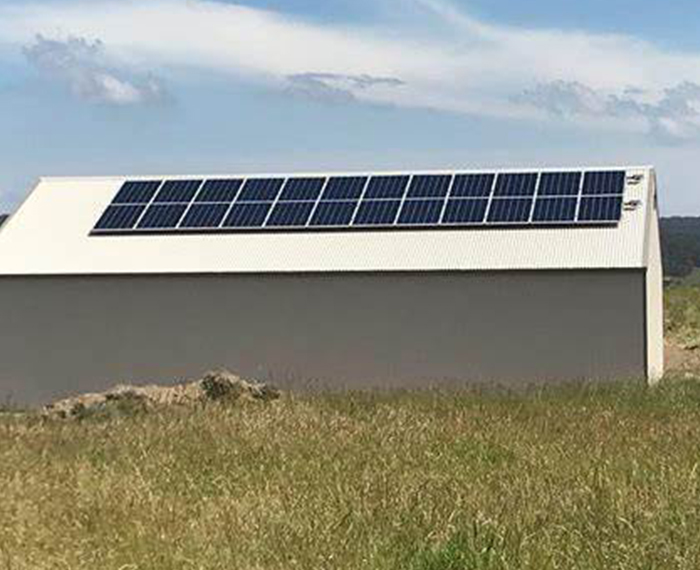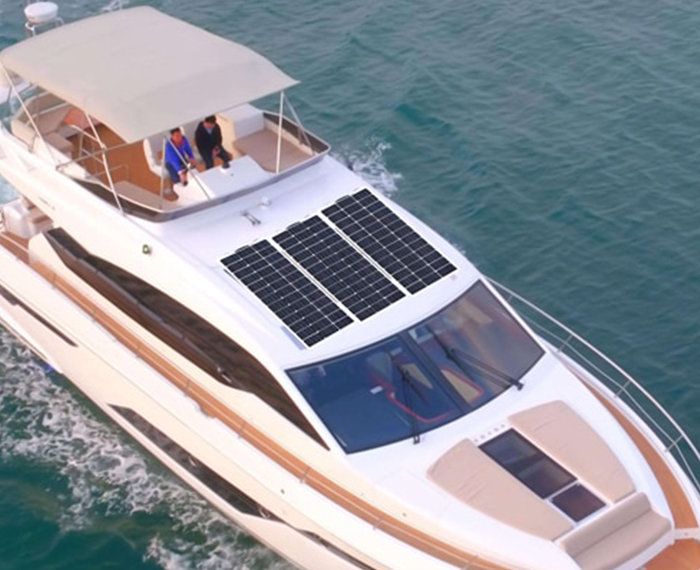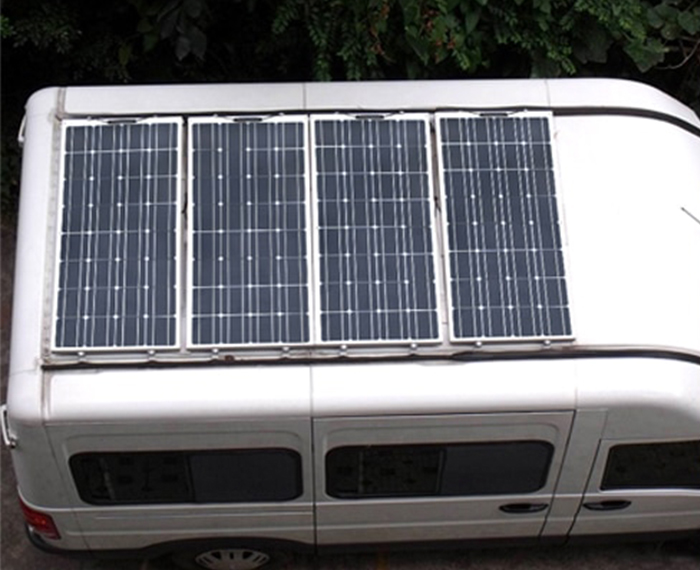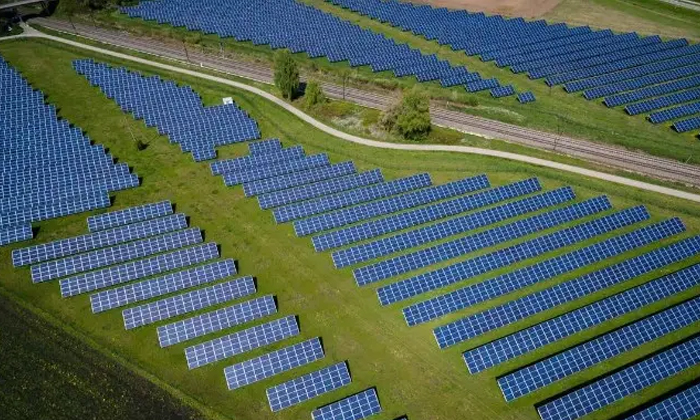-
-
-
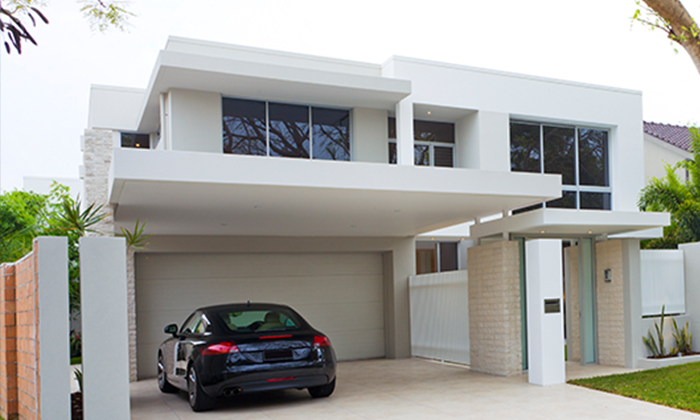
Residential Storage Solution
With the gradual deepening of digitization, networking, and informatization in the radio and television industry, the transformation of analog signals to digital signals, the application of high-definition digital display, intelligent monitoring and other applications has become increasingly widespread, bringing changes to the traditional virtual studio. With the help of unparalleled color, suitable color saturation, sharp picture...
-
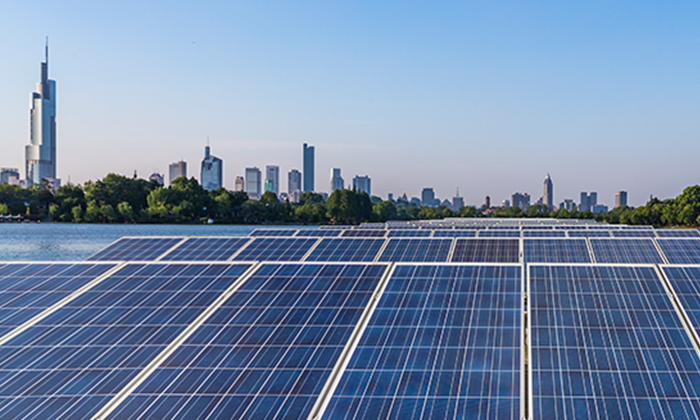
Commercial Storage Solution
This solution is suitable for small industrial and commercial projects in remote areas with unstable power supply or with large peak to valley electricity price differences. Use UHC three-phase energy storage inverter + UHB high voltage battery system to build a smart energy storage system. Use reasonable scheduling among PV power, grid and battery to maximize PV power utilization and reduce the electricity cost.
-
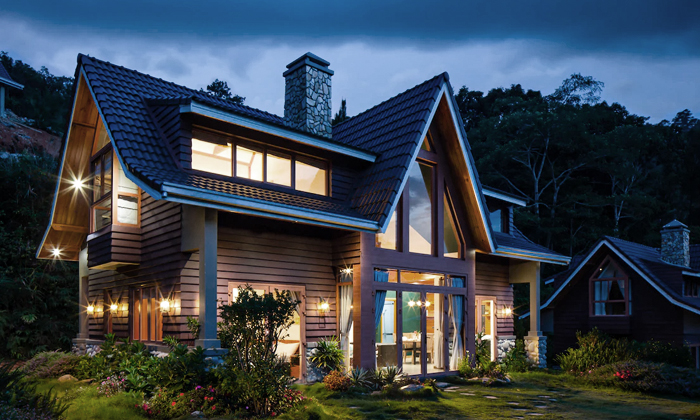
Off-Grid Storage Solution
With the gradual deepening of digitization, networking, and informatization in the radio and television industry, the transformation of analog signals to digital signals, the application of high-definition digital display, intelligent monitoring and other applications has become increasingly widespread, bringing changes to the traditional virtual studio. With the help of unparalleled color, suitable color saturation, sharp picture...
-

Portable Storage Solution
With the gradual deepening of digitization, networking, and informatization in the radio and television industry, the transformation of analog signals to digital signals, the application of high-definition digital display, intelligent monitoring and other applications has become increasingly widespread, bringing changes to the traditional virtual studio. With the help of unparalleled color, suitable color saturation, sharp picture...
-
-
-
Commercial Storage Power Plants Residential Storage Power Plants Off-Grid Storage Power Plants Mobile Storage Power Plants
-
50kW Small Commercial Power Station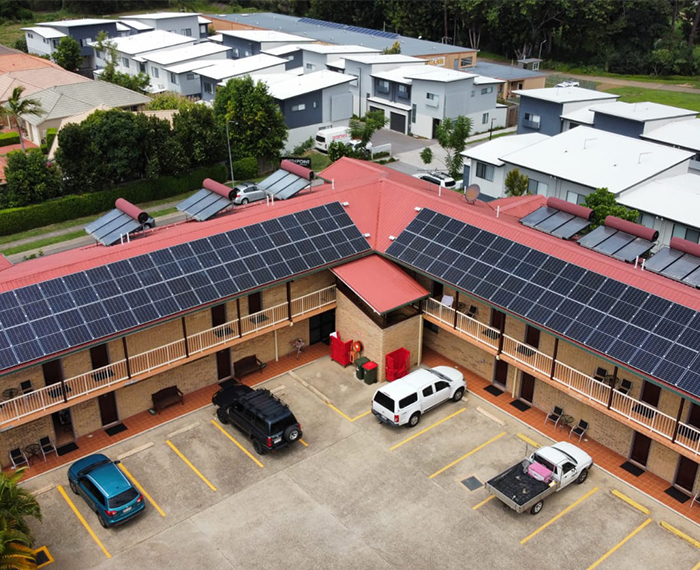
Singapore Commercial Energy Storage Power Station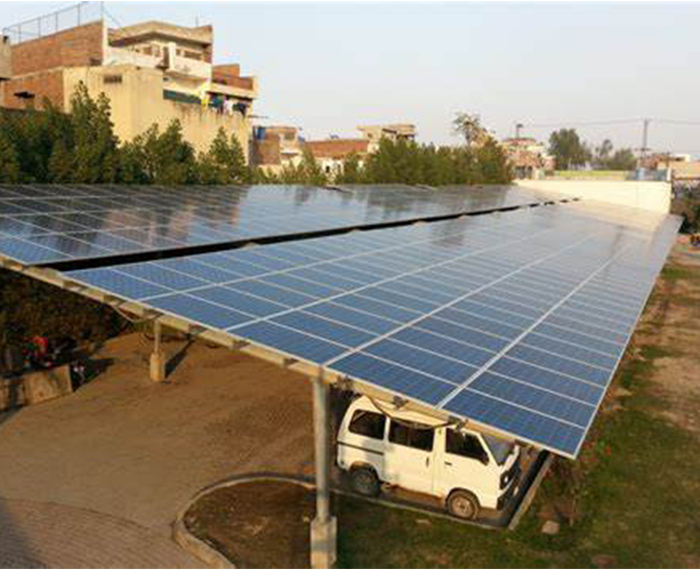
Italy 100kW Commercial Power Station
-
Türkiye 5kW Household power station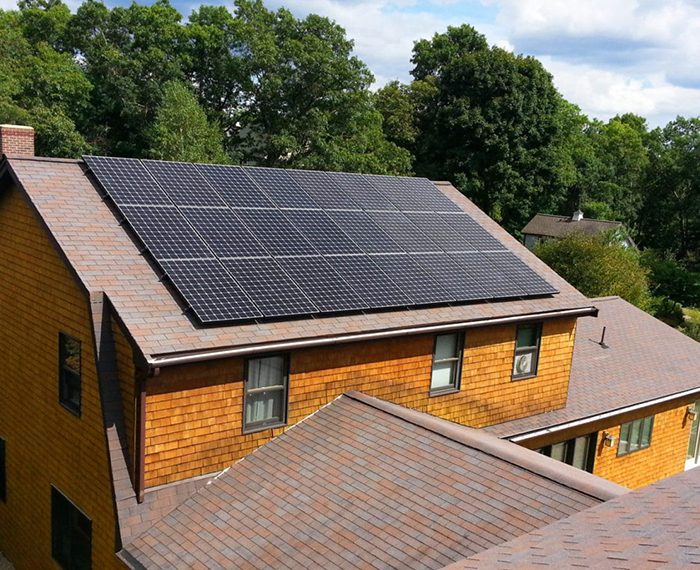
India10kW Household power station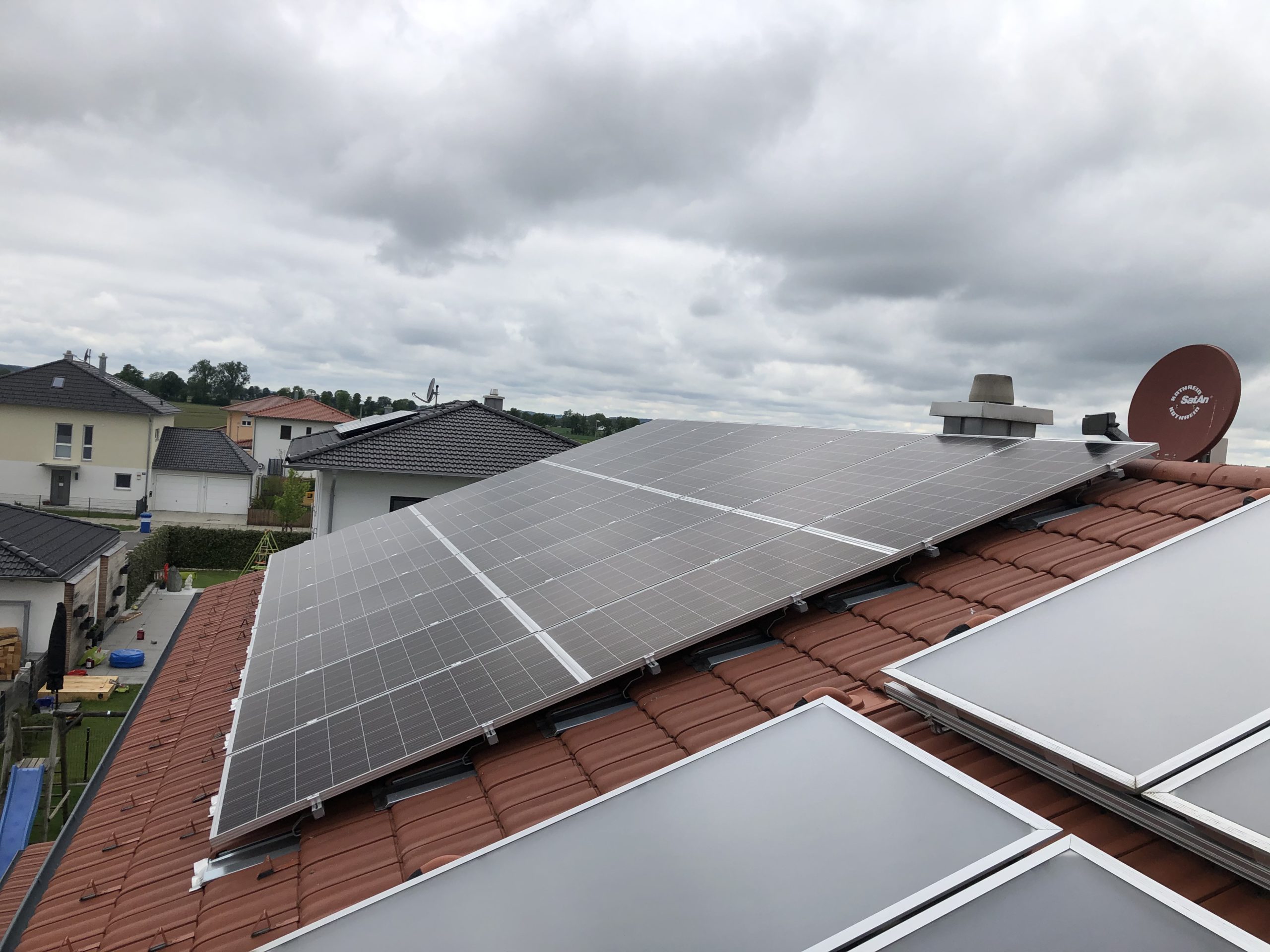
Italy 15kW Household power station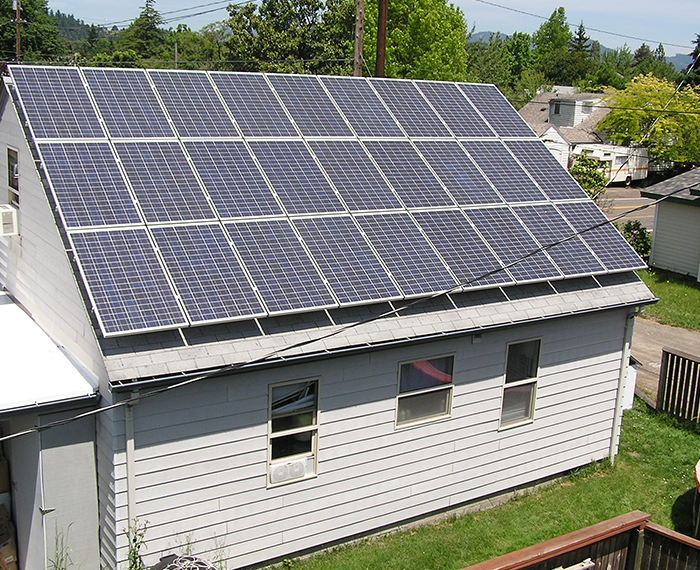
-
-
-
Global Headquarters
 +86-755-28263405
+86-755-28263405
 info@ucanpower.com
info@ucanpower.com
 4th Floor, Building A, Huafeng Zhigu-Yuanshan Science and Technology Park, No. 72 Yinhe Road, Longgang District, Shenzhen,CHINA
4th Floor, Building A, Huafeng Zhigu-Yuanshan Science and Technology Park, No. 72 Yinhe Road, Longgang District, Shenzhen,CHINA
-
UcanPower GmbH(Europe)
 +49 (0) 170 4910717
+49 (0) 170 4910717
 UcanPower.de@ucanpower.com
UcanPower.de@ucanpower.com
 Hinter dem Turme 15,38114 Braunschweig. Germany
Hinter dem Turme 15,38114 Braunschweig. Germany
-


